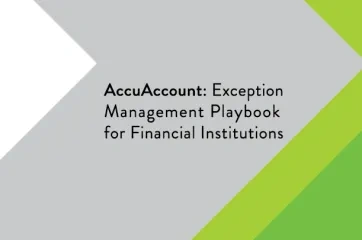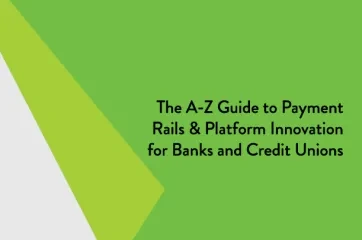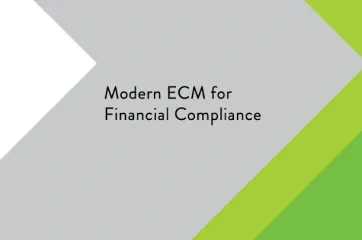A loan file is a hard copy or electronic organizational tool that helps banks and credit unions manage an account holder’s credit and loan documents. Financial institutions use loan files to store and organize important documents in compliance with their retention policies.
How is a Loan File Structured?
Loan files play an important role in grouping similar documents together so that they’re easier for staff to locate and manage. Document structures vary from one bank or credit union to the next, but one might expect to find the following sub tabs within a typical loan file:
- Application documents
- Approval documents
- Consummation documents
- Collateral
- Perfection documents
- Insurance documents
- Customer and member financial documents
- Formation documents
Paper Loan File vs. Electronic Loan File
Until recently, most loan files were kept in paper format and stored in record rooms or vaults. Creating a new loan file involved pulling out a new folder, adding the account holder’s name, and manually collecting documents in the file until payoff occurs. Customers and members with numerous loans may require multiple folders due to the sheer volume of paper that must be collected and stored in the loan file.
- Paper loan files have several drawbacks compared to modern solutions, namely:
- Paper loan files can only be in one place at a time
- Documents are more likely to get misplaced, lost, or destroyed
- Finding information is time-consuming
- Updating the loan file is tedious work
Electronic loan file solutions, such as AccuAccount, alleviate many of the challenges associated with a paper-based approach. Electronic loan files and associated documents can be viewed by multiple users at the same time. Locating documents in a digital environment is usually easier and faster than flipping through tabs of paper documents, too. And, digitization offers an opportunity to streamline exception tracking in a way that is less feasible in a paper-only world.
Continue Reading about Loan Document Management
Looking to learn more about loan document management? Browse dozens of lending-related articles on our blog or read other definitions. You can also download free PDFs and spreadsheets by visiting our Innovation Hub.







